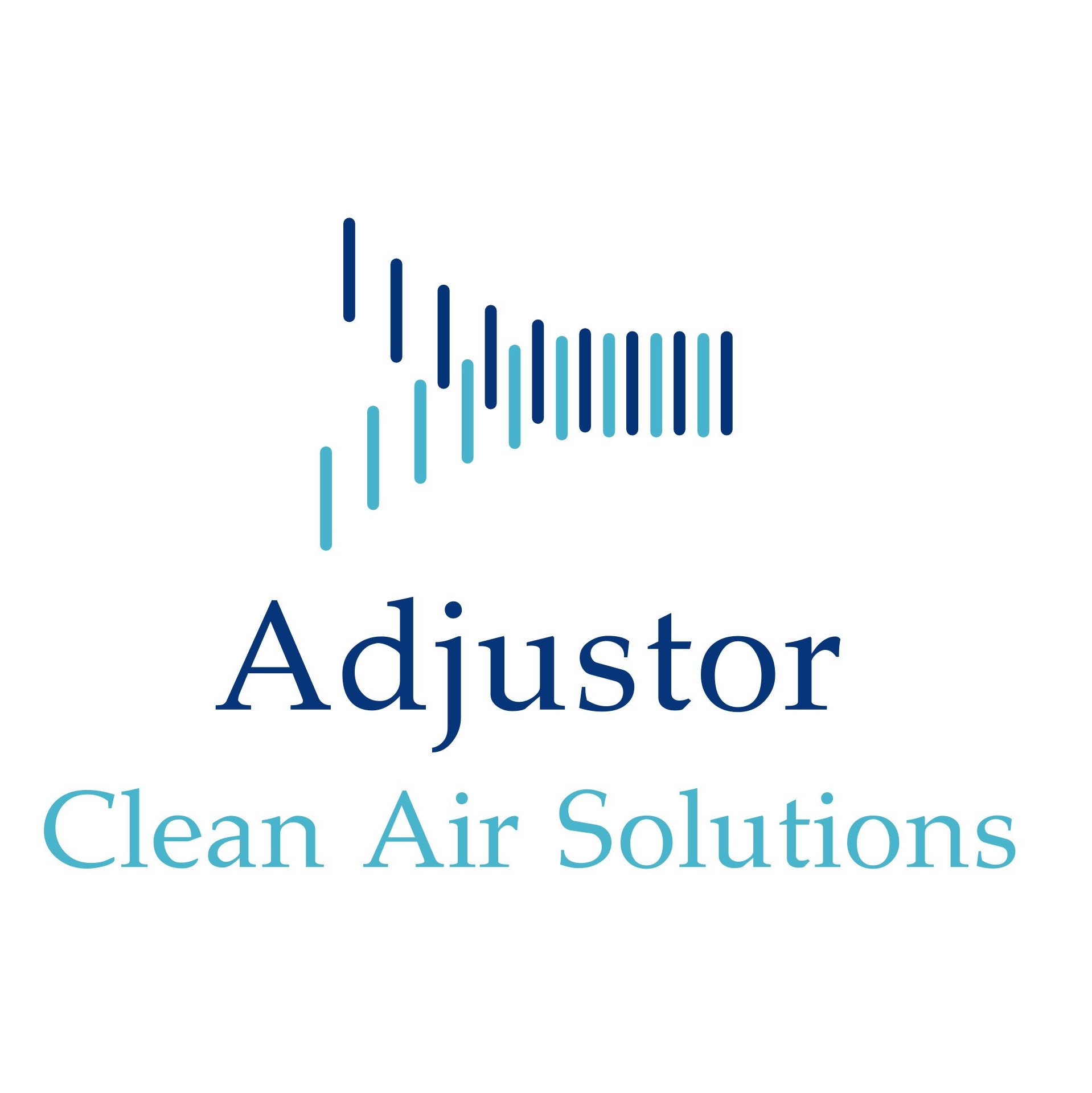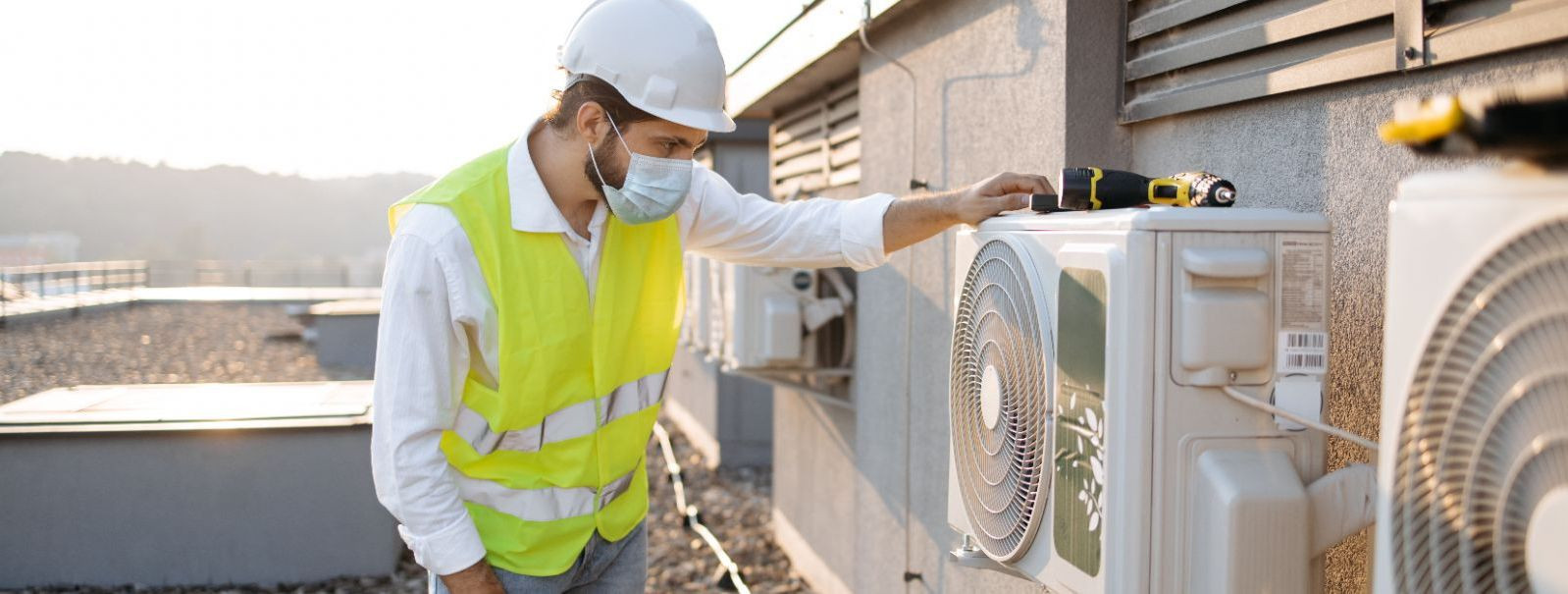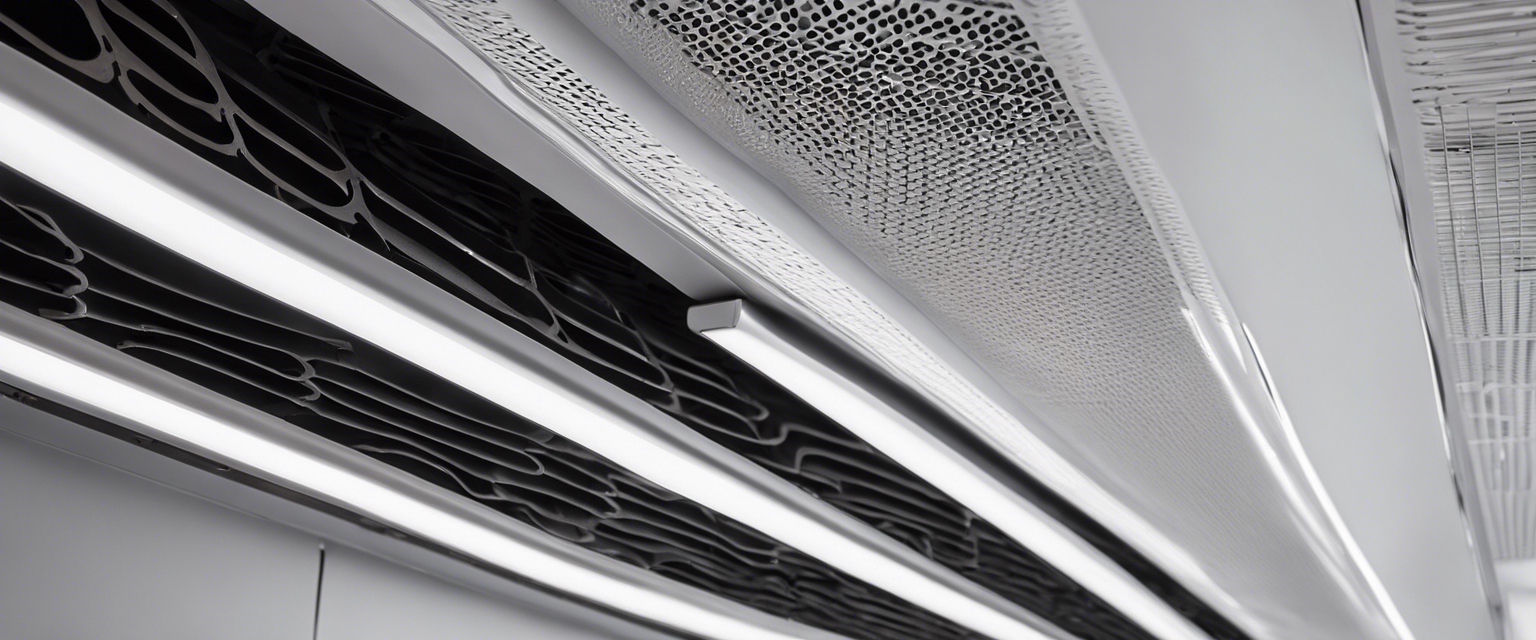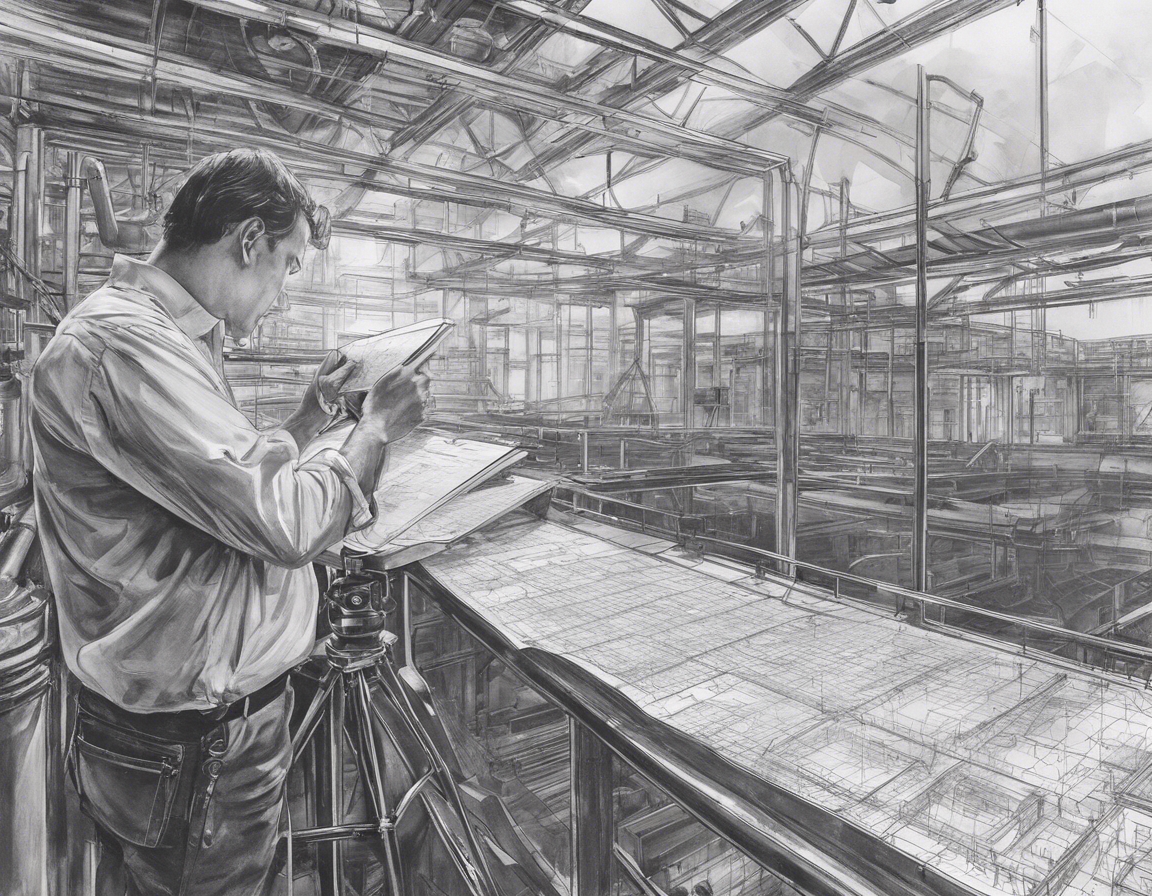How to measure and regulate your ventilation for optimal performance
Ventilation is the process of exchanging indoor air with outdoor air to maintain air quality and remove moisture, odors, smoke, heat, dust, airborne bacteria, and carbon dioxide. It also replenishes oxygen, ensuring a comfortable and healthy living environment. Proper ventilation is crucial for maintaining indoor air quality and the health of occupants, as well as for the efficiency and longevity of the building itself.
A well-designed ventilation system includes intake vents, exhaust fans, ducts, filters, and controls that work together to ensure optimal air exchange. Understanding these components and their roles is the first step in measuring and regulating your ventilation system for peak performance.
Measuring Ventilation Performance
Measuring airflow is essential for assessing the performance of your ventilation system. Anemometers, smoke pencils, and flow hoods are among the tools used to measure airflow rates and ensure that they meet design specifications.
Indoor air quality can be measured using sensors and monitors that detect pollutants like VOCs, particulate matter, and carbon dioxide. Regular monitoring helps in maintaining a healthy indoor environment.
Calculating the correct ventilation rate involves understanding the space's volume, the number of occupants, and the activities performed. This ensures that the ventilation system can provide the necessary air exchange to maintain indoor air quality.
Regulating Ventilation for Optimal Performance
Various standards and guidelines, such as ASHRAE standards, provide benchmarks for ventilation rates and indoor air quality. Familiarity with these can help in designing and regulating systems to meet or exceed these benchmarks.
Controls such as timers, thermostats, and variable speed drives can help in adjusting the ventilation rates as needed, based on occupancy and other factors, for energy efficiency and comfort.
Smart ventilation systems with advanced sensors and controls can automatically adjust airflow based on real-time indoor air quality data, providing a balance between energy efficiency and air quality.
Maintenance and Troubleshooting
Regular maintenance, including cleaning filters and ducts and checking for blockages, is essential for the system's longevity and performance.
Common issues such as leaks, noise, and uneven airflow can be identified through inspections and addressed promptly to maintain optimal system performance.






Comments (0)